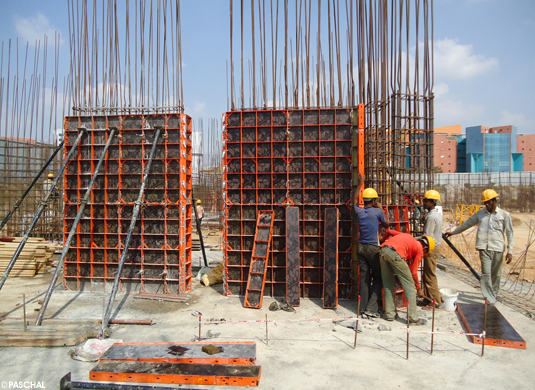Revenue Cycle Management (RCM) is the complex process healthcare providers undertake to manage patient and payer revenue. It involves a series of interconnected steps, from patient registration to claim submission and payment collection. With the rising costs of healthcare and increasing patient financial responsibility, the efficiency and effectiveness of RCM have become paramount. Automation has emerged as a powerful tool to streamline this process and improve patient payment collection.
Understanding the Challenges
Before delving into the benefits of RCM automation, it’s essential to understand the challenges healthcare providers face in patient payment collection. Manual processes, errors in data entry, eligibility verification issues, and delayed claim reimbursements are common hurdles. Additionally, patient financial responsibility has increased significantly, leading to higher patient balances and increased collection efforts. These factors contribute to a complex and time-consuming revenue cycle.
The Role of Automation
RCM automation leverages technology to streamline and optimize various stages of the revenue cycle, including patient registration, eligibility verification, claims submission, and payment posting. By automating these tasks, healthcare providers can significantly enhance efficiency, reduce errors, and improve overall financial performance.
Patient Registration: Automation can expedite the patient registration process by capturing accurate patient demographics, insurance information, and financial data. This reduces the risk of errors and ensures timely claim submission.
Eligibility Verification: Automated eligibility checks can verify patient insurance coverage in real-time, preventing claim denials due to eligibility issues. This proactive approach helps to optimize patient financial responsibility and improve upfront collections.
Claims Submission: Automation can streamline the claims submission process by accurately and efficiently generating and transmitting claims to payers. This reduces the likelihood of claim errors and delays in reimbursement.
Payment Posting: Automated payment posting can accurately and quickly apply payments to patient accounts, reducing manual errors and improving cash flow.
Enhancing Patient Payment Collection
RCM automation directly impacts patient payment collection in several ways:
Improved Patient Experience: By automating routine tasks, healthcare providers can allocate more time to patient interactions. This allows for better communication regarding patient financial responsibility, leading to increased patient satisfaction and timely payments.
Reduced Patient Balances: Efficient RCM processes, including automated eligibility verification and claims submission, help to minimize claim denials and reduce patient out-of-pocket expenses. This can lead to lower patient balances and fewer disputes.
Enhanced Patient Communication: Automation enables personalized patient communication through automated reminders, statements, and payment plans. This improves patient engagement and encourages timely payments.
Faster Payment Collection: By streamlining the entire revenue cycle, automation accelerates the payment collection process. This improves cash flow and reduces the need for aggressive collection efforts.
Conclusion
RCM automation is a game-changer for healthcare providers seeking to enhance patient payment collection. By automating routine tasks, reducing errors, and improving efficiency, healthcare organizations can significantly improve their financial performance. As the healthcare industry continues to evolve, embracing RCM automation is essential for staying competitive.
By partnering with reputable RCM automation companies, healthcare providers can leverage cutting-edge technology to optimize their revenue cycle and achieve sustainable financial growth.












